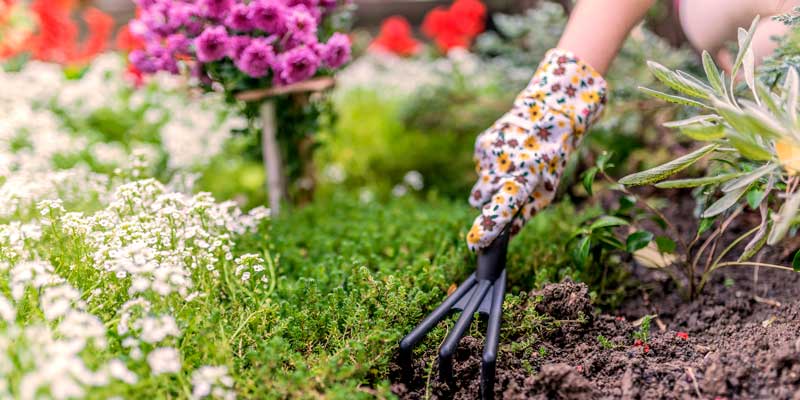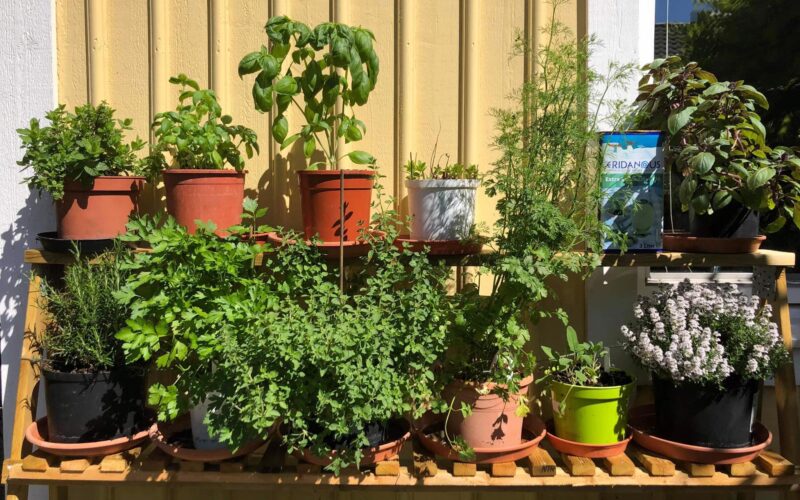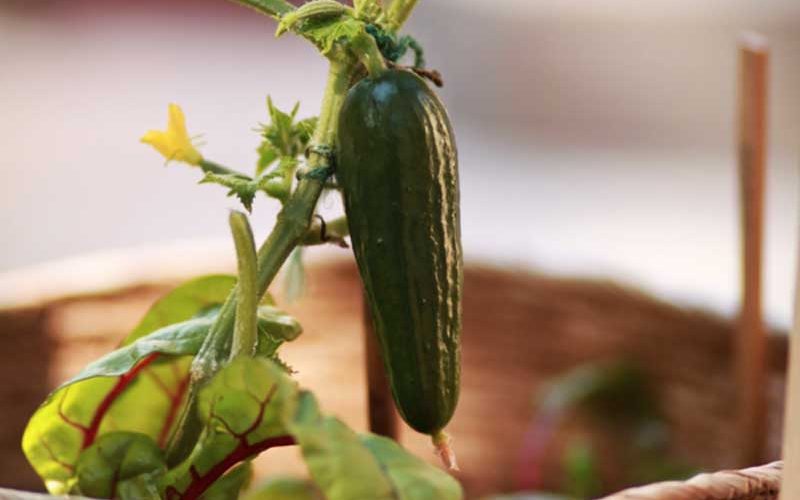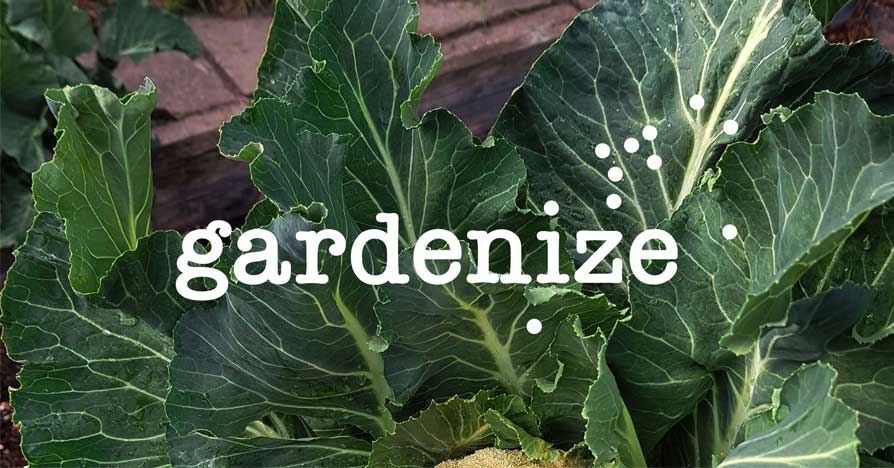What to do in in the garden in May
May marks the transition from spring to summer, with warmer temperatures and longer daylight hours. Overall, May is a great time for gardening, with plenty of opportunities to plant and grow a variety of crops depending on your location and climate.

What to do in the garden in May
General tasks:
- Planting: May is a great time to plant a variety of warm-season crops, including tomatoes, peppers, cucumbers, beans, squash, and corn.
- Soil preparation: Ensure that the soil is well-drained, fertile, and weed-free before planting. Consider adding compost, manure, or other organic matter to improve soil quality.
- Mulching: Spread a layer of mulch around plants to help retain moisture, suppress weeds, and regulate soil temperature.
- Watering: Make sure to water your garden deeply and regularly, especially during dry spells.
- Fertilizing: Apply fertilizer to your plants to provide them with the nutrients they need to grow strong and healthy.
- Pruning: Remove dead or damaged branches from trees and shrubs, and prune spring-flowering shrubs once they finish blooming.
- Pest control: Keep an eye out for pests such as aphids, caterpillars, and spider mites. Consider using organic methods such as insecticidal soap or neem oil to control them.
- Harvesting: May is a time when many cool-season crops such as lettuce, spinach, and peas are ready for harvest. Make sure to harvest them promptly to encourage more growth.
- Transplanting: If you started seeds indoors, May is a good time to transplant them outdoors.
- Planning: Use May to plan out your garden for the rest of the season, including succession planting, crop rotation, and companion planting.
Gardenize app tips
1. Start adding new plantings in the app. Create an event for every new seeding etc. Also have a look at last year’s plantings? When did you plant Chili last year and how did it go? Should you wait or start earlier this year?
2. Started ordering seeds? If not, it’s about time! Remember to take a photo of the seed bag and plant photo online. Sort and save the images together with the plant information, so that you will remember what you bought and when it is time to plant. Create an event in Gardenize and add a reminder.
3. Set reminders when creating watering events for your plants in winter storage. Remember to turn on notifications in your phone to get them. Don’t forget to give the birds outside some water and food too.
Mid-Atlantic (USDA Zone 5-7)
The weather in the Mid-Atlantic in May is generally a pleasant and mild month in the Mid-Atlantic region, with some rain and increasing warmth and humidity as the month progresses.
- Plant warm-season crops: May is a good time to plant warm-season vegetables like tomatoes, peppers, beans, squash, and cucumbers.
- Plant herbs: Herbs like basil, oregano, and thyme can be planted in May.
- Transplant seedlings: Seedlings started indoors can be transplanted outdoors in May.
- Mulch: Apply a layer of mulch to garden beds to help retain moisture and suppress weeds.
- Watering: As the weather warms up, make sure to water plants deeply and regularly.
- Fertilize: Apply a balanced fertilizer to vegetable and flower beds to promote growth.
- Prune: Prune spring-flowering shrubs like azaleas and rhododendrons after they finish blooming.
- Control pests: Keep an eye out for pests like aphids, slugs, and tomato hornworms, and take appropriate measures to control them.
- Harvest: Harvest cool-season crops like lettuce, spinach, and peas before the weather gets too hot.
- Plan for summer: Use May to plan for the rest of the summer, including planting summer crops, scheduling irrigation, and considering crop rotation.
Midwest (USDA Zone 3–6)
May is a period of change in the Midwest, with warm days and cool nights, some rain, and the potential for severe weather. Gardeners in this region should monitor the weather and plan accordingly, as conditions can vary significantly from year to year.
- Plant warm-season crops: May is a great time to plant warm-season vegetables like tomatoes, peppers, beans, squash, and cucumbers.
- Start planting annuals: Many annuals like marigolds, petunias, and impatiens can be planted in May.
- Transplant seedlings: Seedlings started indoors can be transplanted outdoors in May.
- Mulch: Apply a layer of mulch to garden beds to help retain moisture and suppress weeds.
- Watering: As the weather warms up, make sure to water plants deeply and regularly.
- Fertilize: Apply a balanced fertilizer to vegetable and flower beds to promote growth.
- Prune: Prune spring-flowering shrubs and trees like lilacs and crabapples after they finish blooming.
- Control pests: Keep an eye out for pests like aphids, slugs, and cutworms, and take appropriate measures to control them.
- Harvest: Harvest cool-season crops like lettuce, spinach, and peas before the weather gets too hot.
- Plan for summer: Use May to plan for the rest of the summer, including planting summer crops, scheduling irrigation, and considering crop rotation.

Northeast (USDA Zone 4–7)
May is a busy month for gardeners in the Northeast. Take advantage of the long daylight hours to get plants off to a good start. Gardeners in the Northeast should pay close attention to weather forecasts and adjust their plans accordingly, as the region can experience sudden temperature drops and heavy rainfall during this month.
- Plant cool-season crops: May is a great time to plant cool-season vegetables like peas, lettuce, spinach, and kale.
- Plant perennials: Many perennials like hostas, daylilies, and phlox can be planted in May.
- Transplant seedlings: Seedlings started indoors can be transplanted outdoors in May.
- Mulch: Apply a layer of mulch to garden beds to help retain moisture and suppress weeds.
- Watering: As the weather warms up, make sure to water plants deeply and regularly.
- Fertilize: Apply a balanced fertilizer to vegetable and flower beds to promote growth.
- Prune: Prune spring-flowering shrubs and trees like lilacs and forsythias after they finish blooming.
- Control pests: Keep an eye out for pests like aphids, slugs, and cutworms, and take appropriate measures to control them.
- Plant annuals: Many annuals like marigolds, petunias, and impatiens can be planted in May.
- Plan for summer: Use May to plan for the rest of the summer, including planting summer crops, scheduling irrigation, and considering crop rotation.
Pacific Northwest (USDA zone 7–9)
Gardeners in the Pacific Northwest should pay close attention to May weather forecasts and adjust their plans accordingly, as the region can experience variable weather patterns with rain, cool temperatures, and occasional sunny days.
- Plant warm-season crops: May is a great time to plant warm-season vegetables like tomatoes, peppers, beans, squash, and cucumbers.
- Plant annuals: Many annuals like marigolds, petunias, and impatiens can be planted in May.
- Transplant seedlings: Seedlings started indoors can be transplanted outdoors in May.
- Mulch: Apply a layer of mulch to garden beds to help retain moisture and suppress weeds.
- Watering: As the weather warms up, make sure to water plants deeply and regularly.
- Fertilize: Apply a balanced fertilizer to vegetable and flower beds to promote growth.
- Prune: Prune spring-flowering shrubs and trees like rhododendrons and azaleas after they finish blooming.
- Control pests: Keep an eye out for pests like slugs, snails, and aphids, and take appropriate measures to control them.
- Harvest: Harvest cool-season crops like lettuce, spinach, and peas before the weather gets too hot.
- Plan for summer: Use May to plan for the rest of the summer, including planting summer crops, scheduling irrigation, and considering crop rotation.

Pacific West Coast (USDA zone 7-11)
In general, May is a pleasant month at the Pacific West Coast, with mild temperatures and plenty of sunshine. Gardeners in this region should be aware of the potential for drought during the summer months and plan their watering accordingly.
In Northern California:
- Plant warm-season crops: May is the perfect time to plant warm-season vegetables like tomatoes, peppers, cucumbers, and eggplants.
- Plant annuals: Many annuals like marigolds, zinnias, and petunias can be planted in May.
- Mulch: Apply a layer of mulch to garden beds to help retain moisture and suppress weeds.
- Watering: As the weather starts to warm up, make sure to water plants deeply and regularly.
- Fertilize: Apply a balanced fertilizer to vegetable and flower beds to promote growth.
- Prune: Prune spring-flowering shrubs and trees like lilacs and forsythias after they finish blooming.
- Control pests: Keep an eye out for pests like aphids, spider mites, and thrips, and take appropriate measures to control them.
- Harvest: Harvest cool-season crops like lettuce, spinach, and peas before the weather gets too hot.
- Plan for summer: Use May to plan for the rest of the summer, including planting summer crops, scheduling irrigation, and considering crop rotation.
- Protect plants from the sun: As the weather warms up, some plants may need protection from the sun, especially if they are newly planted. Consider using shade cloth or other protective coverings.
In Southern California:
- Plant summer vegetables: May is the perfect time to plant warm-season vegetables like tomatoes, peppers, cucumbers, and eggplants.
- Prune fruit trees: Prune fruit trees like citrus and avocado trees to keep them healthy and productive.
- Deadhead flowers: Remove spent blooms from flowers like roses, daisies, and marigolds to encourage more blooms.
- Control pests: Keep an eye out for pests like aphids, spider mites, and thrips, and take appropriate measures to control them.
- Watering: As the weather starts to warm up, make sure to water plants deeply and regularly, and adjust watering schedules as needed.
- Fertilize: Apply a balanced fertilizer to vegetable and flower beds to promote growth.
- Plant herbs: May is a great time to plant herbs like basil, oregano, and thyme.
- Harvest: Harvest cool-season crops like lettuce, spinach, and peas before the weather gets too hot.
- Mulch: Apply a layer of mulch to garden beds to help retain moisture and suppress weeds.
- Plan for summer: Use May to plan for the rest of the summer, including planting summer crops, scheduling irrigation, and considering crop rotation.
Southwest (USDA zone 4-7)
In May, the weather in the Southwest is typically warm and sunny, making it an ideal time for planting and tending to gardens.
- Plant summer vegetables: May is a great time to plant summer vegetables such as tomatoes, peppers, squash, and cucumbers. These vegetables need warm soil and plenty of sunshine to thrive, and the long, hot summers in the Southwest provide just that.
- Water plants regularly: With the hot and dry weather in the Southwest, it’s important to water your plants regularly to keep them healthy. Water deeply but infrequently to encourage deep root growth and prevent water waste.
- Mulch: Adding mulch around your plants can help retain moisture in the soil and keep the roots cool during the hot summer months. Use a natural mulch such as wood chips or straw.
- Fertilize: Fertilize your plants with a balanced fertilizer to encourage healthy growth and strong roots. Avoid over-fertilizing, as this can lead to burned or stressed plants.
- Weed: May is a good time to remove weeds from your garden before they become too established. Be sure to remove the entire root to prevent regrowth.
- Prune: Prune your plants to encourage healthy growth and remove any dead or damaged branches. This will also improve air circulation and help prevent disease.
- Harvest: If you have any spring vegetables still growing, such as peas or lettuce, be sure to harvest them before they bolt or become bitter.

Southeast (USDA 6–11)
In May, the weather in the Southeast is generally warm and humid, with occasional rain showers.
- Plant summer vegetables: May is a great time to plant warm-season vegetables such as tomatoes, peppers, cucumbers, and squash. Be sure to choose varieties that are well-suited to your local climate and soil conditions.
- Water plants regularly: With the warm and humid weather in the Southeast, it’s important to water your plants regularly to keep them healthy. Water deeply and infrequently to encourage deep root growth and prevent water waste.
- Mulch: Adding a layer of mulch around your plants can help retain moisture in the soil and keep the roots cool during hot spells. Use a natural mulch such as straw or shredded leaves.
- Fertilize: Apply a balanced fertilizer to your plants to encourage healthy growth and strong roots. Be sure to follow the manufacturer’s instructions and avoid over-fertilizing, which can burn or stress your plants.
- Weed: May is a good time to remove any weeds from your garden before they become too established. Be sure to remove the entire root to prevent regrowth.
- Prune: Prune your plants to encourage healthy growth and remove any dead or damaged branches. This will also improve air circulation and help prevent disease.
- Harvest: If you have any spring vegetables still growing, such as lettuce or broccoli, be sure to harvest them before they bolt or become bitter.
GARDENIZE GARDEN APP
A gardening friend with a green thumb and photographic memory
Gardenize is an app for gardening and cultivation that helps you to overview, understand and develop your garden and your gardening skills. With an overview it’s easier to succeed and Gardenize structures information and photos and makes it searchable for you. You also get tips and inspiration from other Gardenizers around the world.
Gardenize is free to use with its basic functions and you can download Gardenize from the App Store or Google Play, or create an account the Gardenize web app for web browsers. Get to know Gardenize better here.



